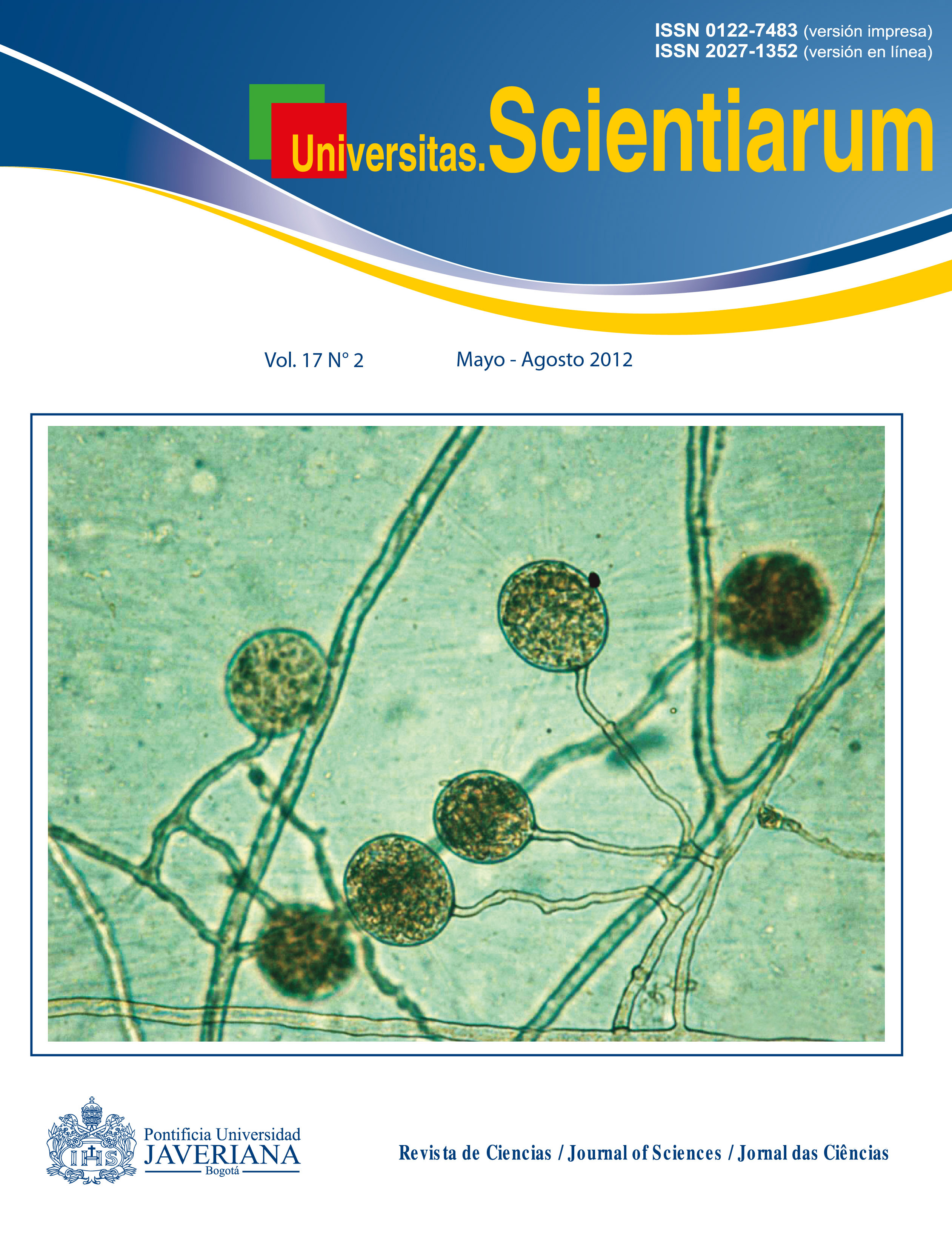Abstract
Hypothesis testing is a well-known procedure for data analysis widely used in scientific papers but, at the same time, strongly criticized and its use questioned and restricted in some cases due to inconsistencies observed from their application. This issue is analyzed in this paper on the basis of the fundamentals of the statistical methodology and the different approaches that have been historically developed to solve the problem of statistical hypothesis analysis highlighting a not well known point: the P value is a random variable. The fundamentals of Fisher´s, Neyman-Pearson´s and Bayesian´s solutions are analyzed and based on them, the inconsistency of the commonly used procedure of determining a p value, compare it to a type I error value (usually 0.05) and get a conclusion is discussed and, on their basis, inconsistencies of the data analysis procedure are identified, procedure consisting in the identification of a P value, the comparison of the P-value with a type-I error value –which
is usually considered to be 0.05– and upon this the decision on the conclusions of the analysis. Additionally, recommendations on the
best way to proceed when solving a problem are presented, as well as the methodological and teaching challenges to be faced when analyzing correctly the data and determining the validity of the hypotheses.
Key words: Neyman-Pearson’s hypothesis tests, Fisher’s significance tests, Bayesian hypothesis tests, Vancouver norms, P-value, null-hypothesis.
Univ. Sci. is registered under a Creative Commons Attribution 4.0 International Public License. Thus, this work may be reproduced, distributed, and publicly shared in digital format, as long as the names of the authors and Pontificia Universidad Javeriana are acknowledged. Others are allowed to quote, adapt, transform, auto-archive, republish, and create based on this material, for any purpose (even commercial ones), provided the authorship is duly acknowledged, a link to the original work is provided, and it is specified if changes have been made. Pontificia Universidad Javeriana does not hold the rights of published works and the authors are solely responsible for the contents of their works; they keep the moral, intellectual, privacy, and publicity rights. Approving the intervention of the work (review, copy-editing, translation, layout) and the following outreach, are granted through an use license and not through an assignment of rights. This means the journal and Pontificia Universidad Javeriana cannot be held responsible for any ethical malpractice by the authors. As a consequence of the protection granted by the use license, the journal is not required to publish recantations or modify information already published, unless the errata stems from the editorial management process. Publishing contents in this journal does not generate royalties for contributors.



